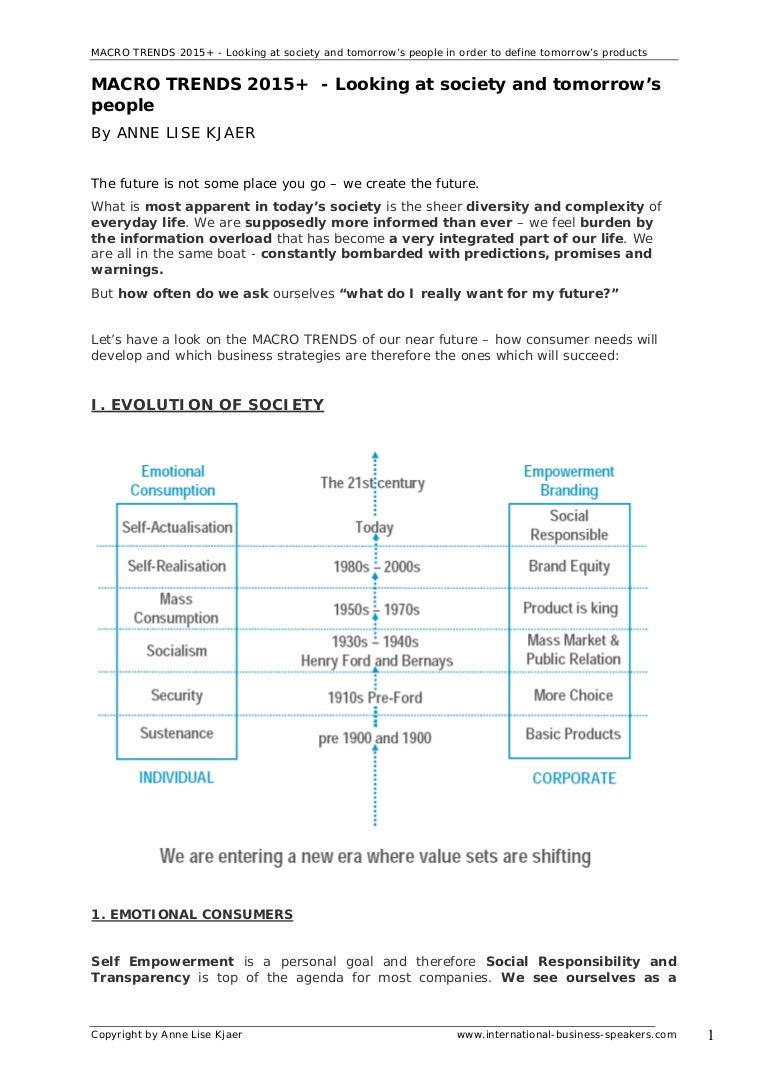
This does not mean we ignore them, indeed we do need to be aware of them if we deal with populations of employees who may be subject to following them. They are fleeting and often last a season but may carry over a couple of years. A quinoa eating super model wearing this year’s bathing suit that has high waist is a picture of a fad.

Clothing, foods, exercises, hairstyles, language are all areas that are subject to fads. Here is a brief lesson which I hope you find useful.Ī fad is something that quickly gains in popularity and may fade just as quickly, sometimes just not quick enough. Reading this I realized that not everyone may really know about the differences between a fad, the two types of trends and then a megatrend. Micro trends are the one that she follows because the development cycle of a car is usually about three years. She said that although she pays attention to Megatrends and macro trends she most often pays attention to micro trends. I was reading an article about the job of Sheryl Connelly, the Futurist for Ford Motor Company. In the HR literature we talk about the necessity of paying attention to trends in demographics, economics, and legislation. In my sessions on 7 Steps to being a practical HR Futurist I tell people that they need to be watching trends in their industry and in their targeted employee population. Hajkowicz is correct that this is a skill that is necessary and it is one that is important to HR professionals in particular. This reminded me of a post I did last year so I thought it would be a good time to repost it. He went on to give some examples of things that will have an effect on Australia.

In the article scientist Stefan Hajkowicz said that the ability to read major global trends will make or break businesses in a highly competitive environment. I came across an article in the Australian newspaper Herald Sun titled Reading Trends a must have skill.


 0 kommentar(er)
0 kommentar(er)
